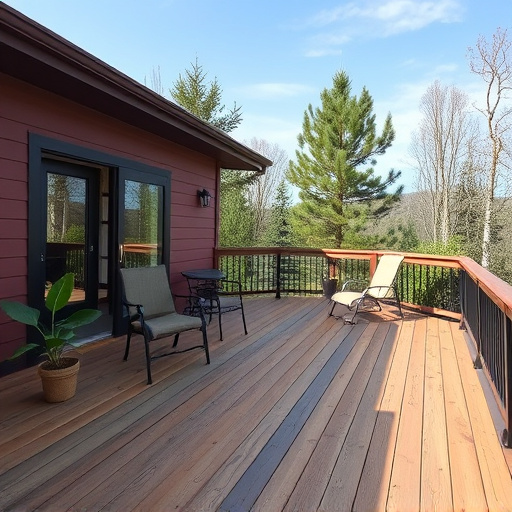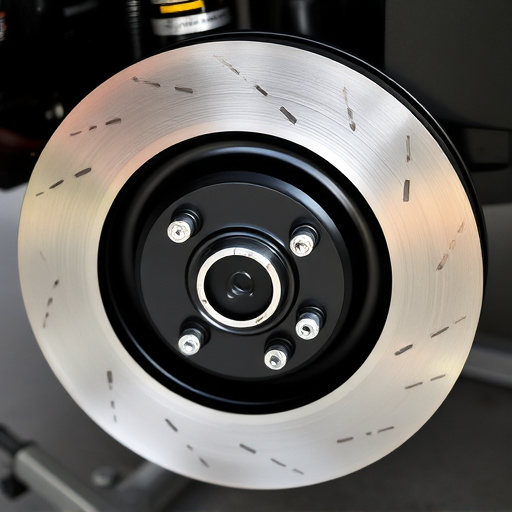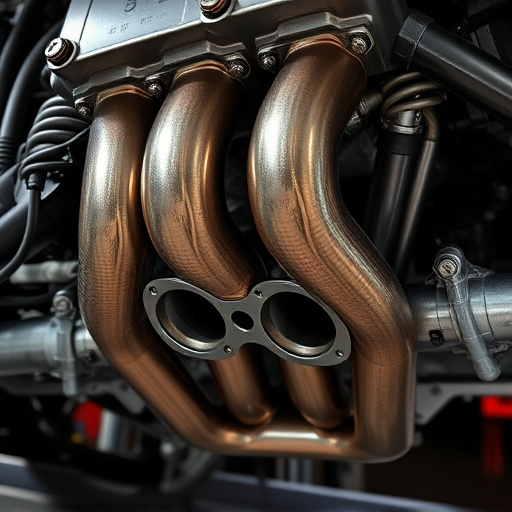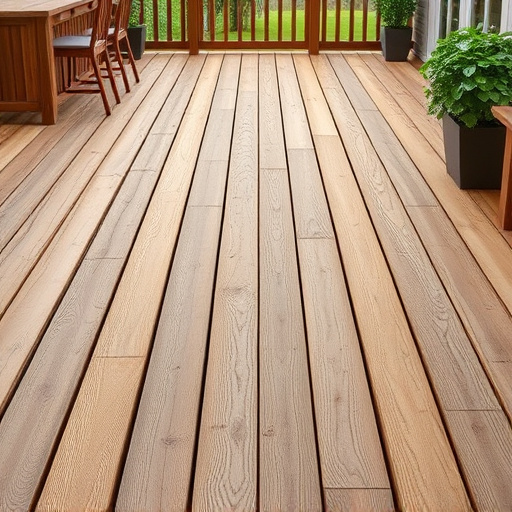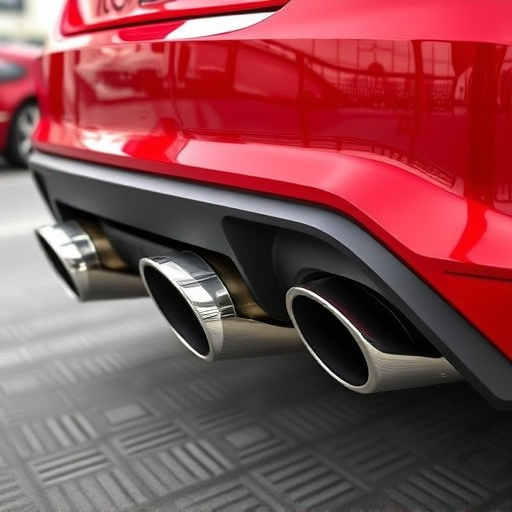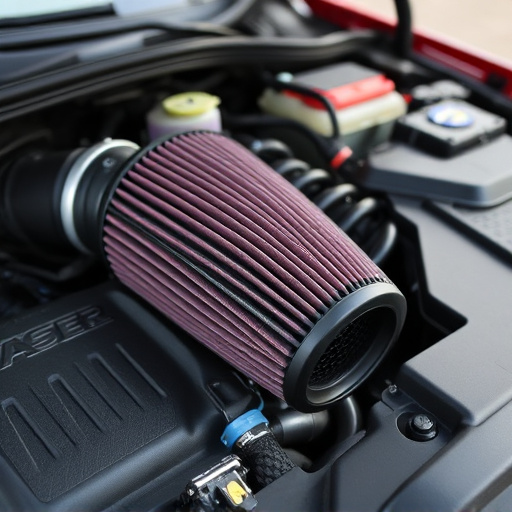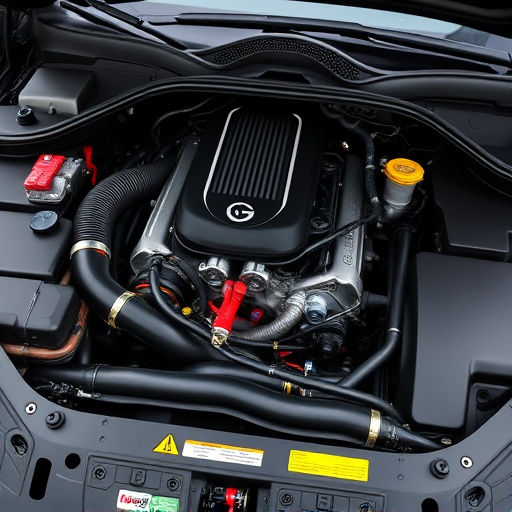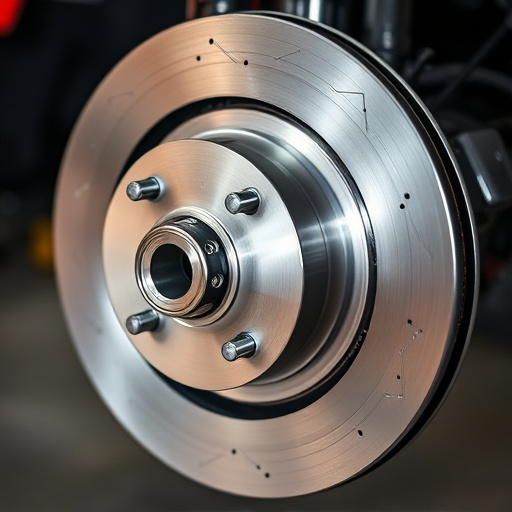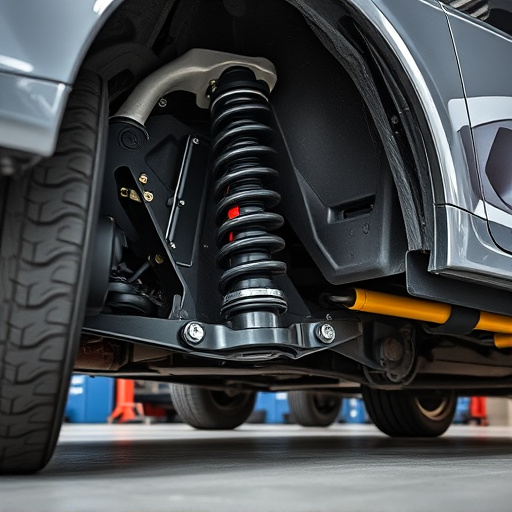Selecting a truck tonneau cover requires understanding your cargo needs and security preferences, with hard-shell vs roll-up designs offering distinct advantages. Ensure compatibility with your truck's make, model, and year for seamless installation. Gather essential tools, degreaser, and check hardware completeness before installation. DIY installation involves cleaning the bed, positioning, securing brackets, fastening, testing, and adjusting for a secure, customized load protection solution.
Looking to enhance your truck’s style and functionality without professional help? Installing a truck tonneau cover can be a straightforward process. This guide breaks down the task into manageable steps, ensuring you have the right tools and materials before beginning. From understanding your specific tonneau cover to following a step-by-step installation tutorial, you’ll soon be enjoying a custom fit that protects your cargo and turns heads on the road.
- Understanding Your Truck Tonneau Cover
- Gathering Necessary Tools and Materials
- Step-by-Step Installation Guide
Understanding Your Truck Tonneau Cover

Understanding your truck tonneau cover is a crucial first step before attempting to install it yourself. Tonneau covers come in various types, from hard-shell designs that offer maximum protection against elements and thieves to softer, roll-up models that provide easy access for loading and unloading. Choosing the right type for your vehicle is essential, as it directly impacts both aesthetics and functionality.
Before making a purchase, consider your specific needs. If you frequently transport cargo or are concerned about security, a hard tonneau cover might be more suitable. On the other hand, if you prioritize ease of use and quick access, a roll-up design could be a better fit. Additionally, ensure compatibility with your truck’s make, model, and year to guarantee a seamless installation process, enhancing not just vehicle performance but also overall driving experience.
Gathering Necessary Tools and Materials

Before you begin installing your truck tonneau cover, it’s essential to gather all the necessary tools and materials. This includes a set of basic automotive tools such as wrenches, sockets, ratchets, screwdrivers, pliers, and a measuring tape. You will also need specific hardware that comes with your tonneau cover, like brackets, bolts, and screws. Make sure to double-check the packaging for any missing components. Additionally, having some basic car care supplies on hand, such as a degreaser or cleaner, can help facilitate the installation process by ensuring a clean surface for the tonneau cover to attach to securely.
Remember that your truck’s bed may have existing features like exhaust mufflers, exhaust tips, or performance brakes that could impact where and how you install the tonneau cover. It’s crucial to assess these components and plan accordingly. Remove or protect any parts that might interfere, and take note of the specific hardware used for each component in case you need to reinstall them after completing the tonneau cover installation.
Step-by-Step Installation Guide
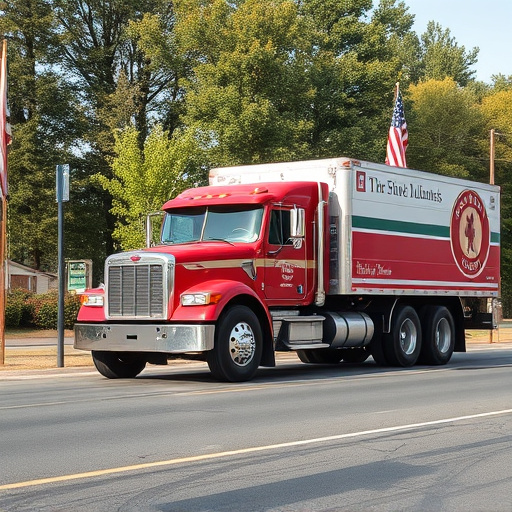
Installing a truck tonneau cover yourself can be a rewarding project, allowing you to customize your vehicle’s look and protect its load. Here’s a straightforward step-by-step guide to help you through the process, ensuring a secure fit without professional assistance.
Begin by gathering all necessary tools and hardware, including your new tonneau cover, brackets, bolts, washers, and any other components specific to your truck model. Ensure your vehicle is clean and prepared for installation; remove any items from the bed that might interfere. Next, position the tonneau cover on your truck bed, lining up the mounting holes with the pre-drilled holes in the bed. Using a drill or driver, secure the brackets to the bed according to the manufacturer’s instructions. Fasten the cover tightly, ensuring all bolts are securely tightened. Check that the cover operates smoothly, opening and closing as designed, and that it locks into place securely when closed. Final adjustments might include securing any additional accessories like latches or locking mechanisms for extra safety, especially if you’re carrying valuable cargo.
Installing a truck tonneau cover yourself can be a straightforward process with the right preparation. By understanding your vehicle’s specific requirements, gathering the necessary tools, and following a detailed guide, you can securely fit a new tonneau cover without professional assistance. This DIY approach not only saves costs but also allows for customization according to your truck’s unique features. With these steps as your roadmap, you’re well-equipped to enhance your truck’s style and protection.
